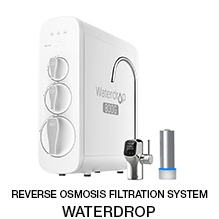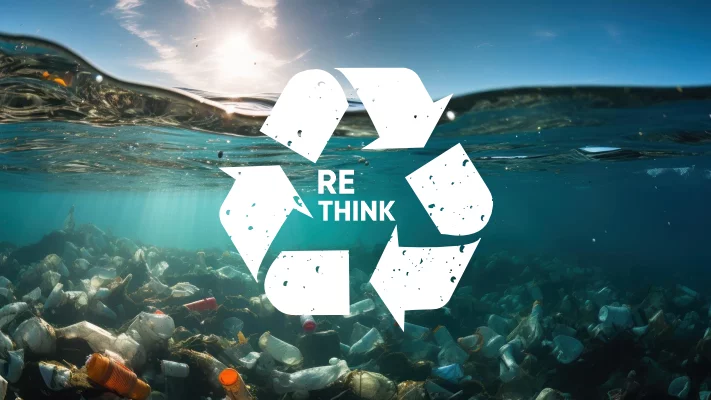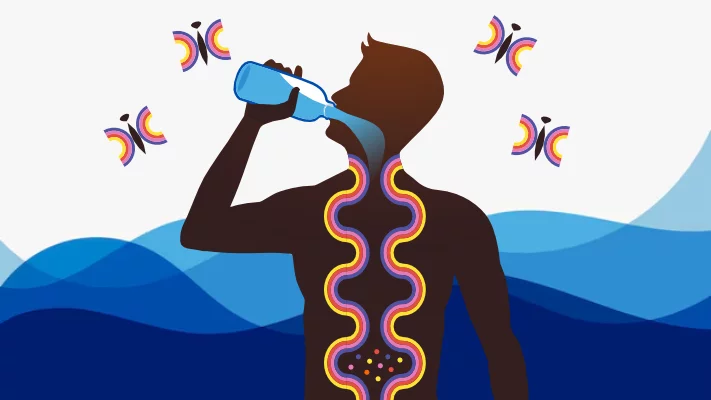- Recent studies reveal that microplastics can cross the blood-brain barrier, potentially causing inflammation and contributing to neurological diseases like Alzheimer's.
- The presence of microplastics in the brain adds to growing concerns about their impact on overall human health, including disruptions in cognitive functions.
- Microplastics enter the body through ingestion, inhalation, and contact, emphasizing the need for comprehensive solutions to plastic pollution.
- Practical steps to reduce exposure include using HEPA-based air purifiers, reverse osmosis water purifiers, and opting for non-plastic containers.
Microplastics—tiny particles of plastic less than 5 millimeters in size—are an increasingly ubiquitous environmental contaminant. While their presence in the oceans, soil, and even our bodies is well-documented, new research has unveiled an unsettling discovery: microplastics may also be infiltrating the human brain. This finding adds another layer of complexity to the growing concern over plastic pollution and its far-reaching impacts on human health.
The Discovery: Microplastics Breach the Blood-Brain Barrier
Recent studies have found that microplastics can travel from the gut to the brain, crossing the blood-brain barrier—a highly selective membrane that protects the brain from harmful substances in the bloodstream. This breakthrough research, published in leading scientific journals, has raised alarms among scientists and health professionals alike.
Traditionally, the blood-brain barrier has been considered an effective defense mechanism, preventing most foreign particles from entering the brain. However, microplastics, due to their minute size and chemical properties, seem to be capable of bypassing this protective shield. Once inside the brain, these particles may trigger inflammation, disrupt normal brain functions, and even contribute to the development of neurological diseases such as Alzheimer's and Parkinson's.
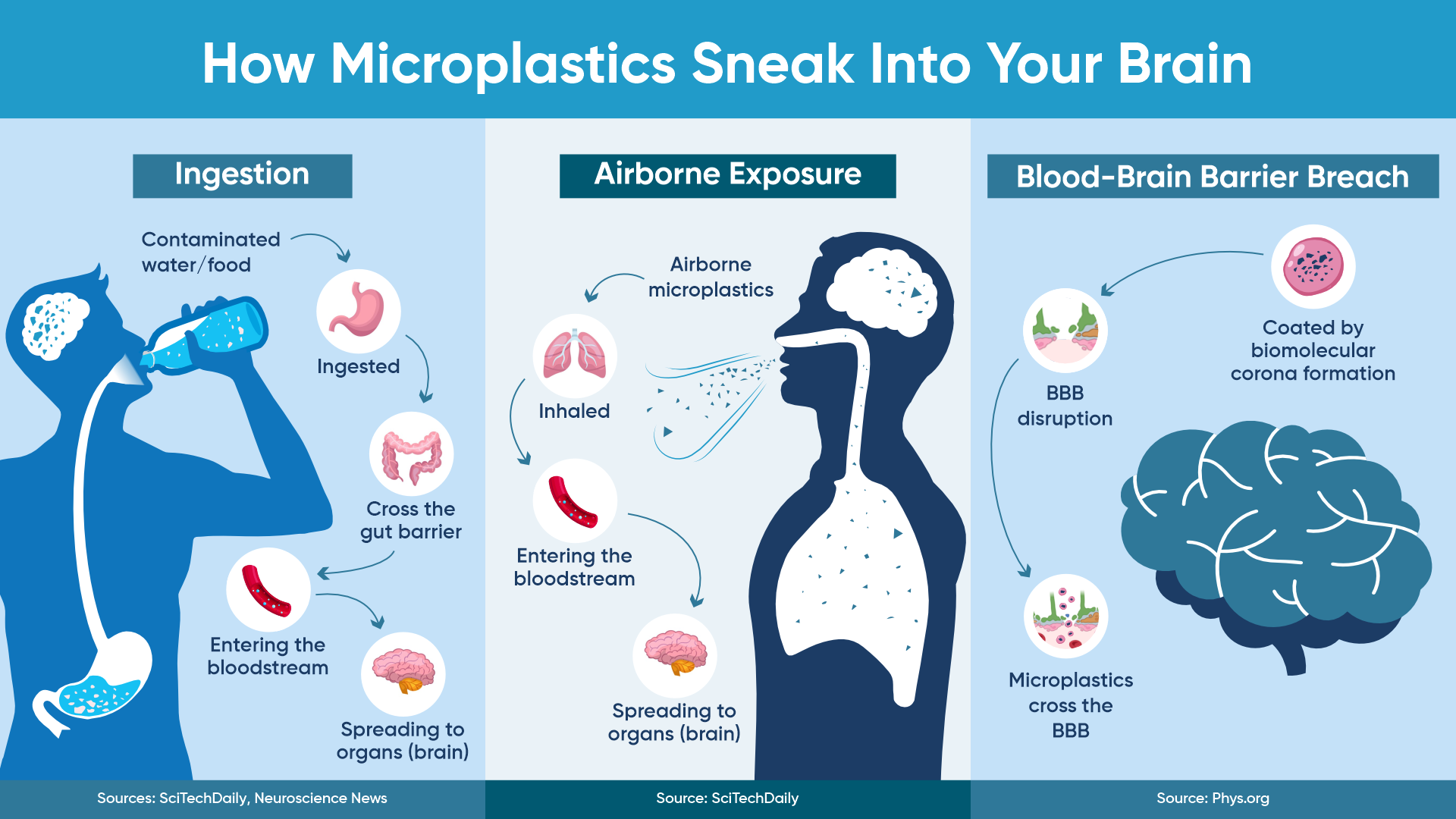
Implications for Human Health
The potential health risks posed by microplastics in the brain are profound. Inflammation, for example, is a known contributor to a variety of neurodegenerative conditions. The presence of foreign particles in the brain could exacerbate these conditions, leading to faster progression or earlier onset of symptoms.
Moreover, the brain's intricate network of neurons and synapses is highly sensitive to external disruptions. Microplastics, with their diverse chemical compositions, could interfere with neurotransmission, potentially affecting cognition, memory, and mood. While research in this area is still in its early stages, the mere possibility of such outcomes underscores the urgency of addressing plastic pollution.
Beyond the Brain: A Systemic Problem
The discovery of microplastics in the brain is just the latest chapter in the unfolding story of plastic's impact on human health. Previous studies have detected these particles in the bloodstream, liver, lungs, and even the testes. The pervasive nature of microplastics highlights a systemic problem—one that demands comprehensive solutions.
The issue is not just about the visible pollution caused by plastic waste; it's about the invisible, microscopic particles that have infiltrated our environment and our bodies. These particles can enter the body through various means, including inhalation of airborne microplastics, ingestion of contaminated food and water, and even through skin contact.
Practical Steps for Mitigation
While the findings are alarming, there are steps individuals can take to mitigate their exposure to microplastics. Reducing plastic use, especially single-use plastics, remains a critical first step. Opting for alternatives like glass or stainless steel containers for food and beverages can significantly reduce plastic intake.
Airborne microplastics are another significant source of exposure. High-quality HEPA-based air purifiers, such as those offered by Blueair, can help reduce the number of airborne particles in indoor environments. For those concerned about microplastics in their water supply, reverse osmosis water purifiers, like the Waterdrop G800, offer an effective solution for removing these contaminants.
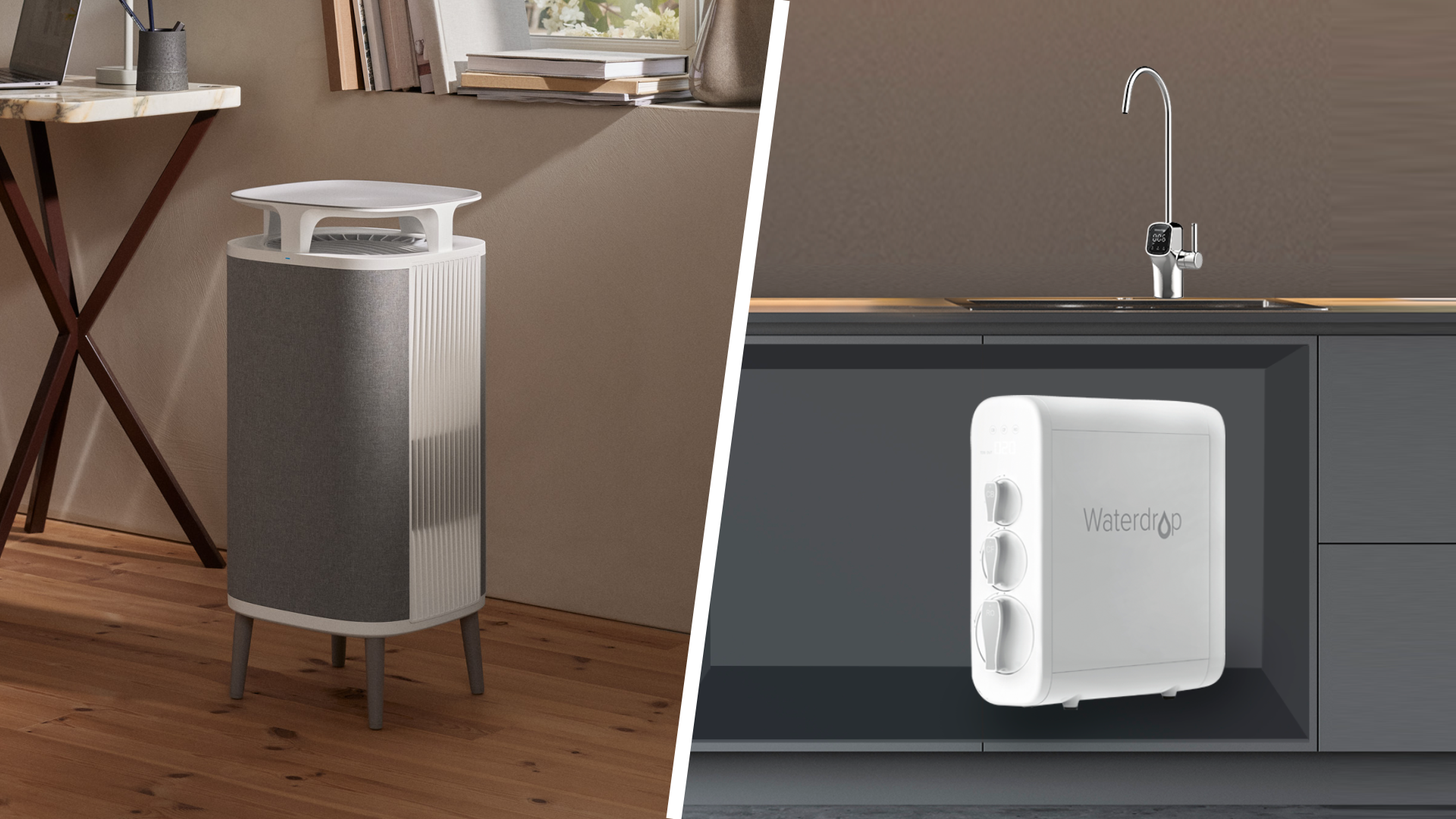
The Path Forward
As the evidence of microplastics' impact on human health continues to mount, it is clear that addressing this issue requires a multi-faceted approach. Policy changes, technological innovations, and individual actions all play a role in reducing plastic pollution and protecting human health.
The discovery of microplastics in the brain is a wake-up call. It serves as a stark reminder that the consequences of plastic pollution are more profound than we ever imagined. By taking proactive steps to reduce our plastic footprint and investing in technologies that minimize exposure, we can help safeguard our health and the health of future generations.
Sources:
https://www.ncbi.nlm.nih.gov/pmc/articles/PMC11100893/
https://www.medicalnewstoday.com/articles/microplastics-may-spread-from-gut-to-brain
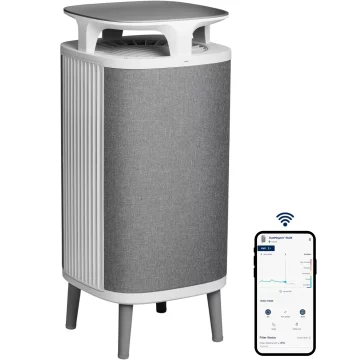 Blueair DustMagnet™ 5440i Air Purifier with Particle + Carbon Filter - Medium Room - 33 m²Special Price Rp. 9,792,000 Regular Price Rp. 10,880,000
Blueair DustMagnet™ 5440i Air Purifier with Particle + Carbon Filter - Medium Room - 33 m²Special Price Rp. 9,792,000 Regular Price Rp. 10,880,000
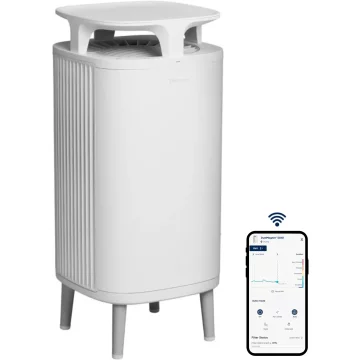 Blueair DustMagnet™ 5410i Air Purifier with Particle + Carbon Filter - Medium Room - 33 m²Special Price Rp. 9,162,000 Regular Price Rp. 10,180,000
Blueair DustMagnet™ 5410i Air Purifier with Particle + Carbon Filter - Medium Room - 33 m²Special Price Rp. 9,162,000 Regular Price Rp. 10,180,000
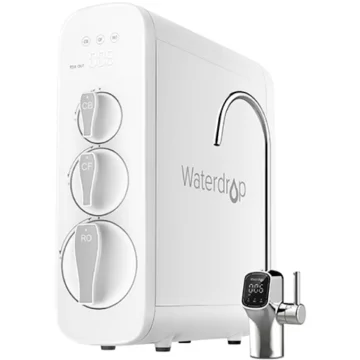 Waterdrop G3 Reverse Osmosis Water Purifier (Filter Air Minum RO)Special Price Rp. 13,410,000 Regular Price Rp. 14,900,000
Waterdrop G3 Reverse Osmosis Water Purifier (Filter Air Minum RO)Special Price Rp. 13,410,000 Regular Price Rp. 14,900,000
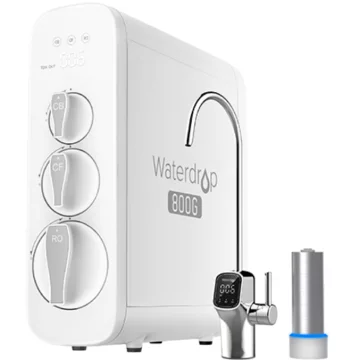 Waterdrop G3P800 Reverse Osmosis Water Purifier with UV Sterilizing Light (Filter Air Minum RO)Special Price Rp. 16,920,000 Regular Price Rp. 18,800,000Out of stock
Waterdrop G3P800 Reverse Osmosis Water Purifier with UV Sterilizing Light (Filter Air Minum RO)Special Price Rp. 16,920,000 Regular Price Rp. 18,800,000Out of stock


